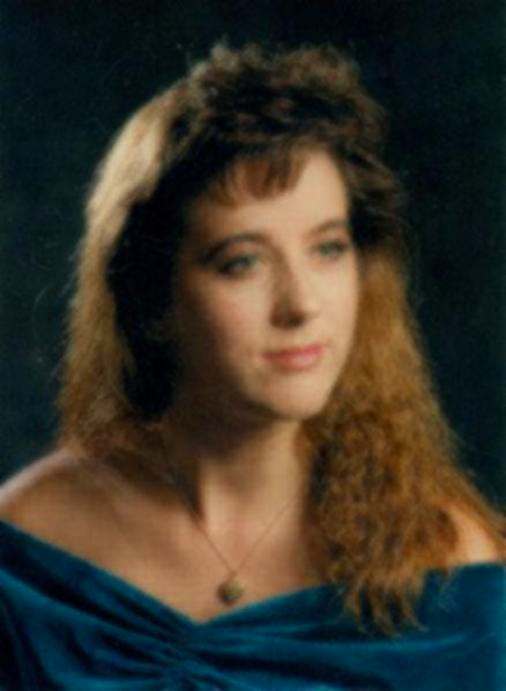Lake Bodom Murders | Finland’s Famous Unsolved Mystery
Last updated on October 27th, 2022 at 11:37 am
One of the most prominent unsolved homicide cases in Finnish criminal history is the Lake Bodom murders. Maila Björklund, Anja Mäki, and Seppo Boisman were slain by stabbing and blunt-force injuries to their skulls while sleeping inside a tent on June 5, 1960, at Bodom Lake in Espoo, Uusimaa. Nils Gustafsson, the fourth adolescent, was discovered outside the tent with fractured facial bones and stab wounds.
The heinous Lake Bodom murders are among Finnish history’s most notorious unsolved murders. The case went cold for 44 years due to a polluted crime scene and a slew of intriguing suspects. Even when the only survivor of the Lake Bodom attacks was tried in 2004 for the murder of his friends, the real story behind the Lake Bodom murders is unknown as of date.

What Happened on That Fateful Day
Anja Tuulikki Mäki and Maila Irmeli Björklund, both 15 of Espoo, Finland, set out on a camping vacation on June 4, 1960. Seppo Antero Boisman and Nils Wilhelm Gustafsson, both 18 years old, accompanied the two young women. They had chosen a campsite on the banks of Bodominjärvi, also known as Lake Bodom in English.
Mäki,Björklund and Boisman were stabbed to death through their tent between 4 a.m. and 6 a.m. on June 5. Gustafsson suffered a concussion, a shattered jaw, and other damaged facial bones due to an attempted attack.
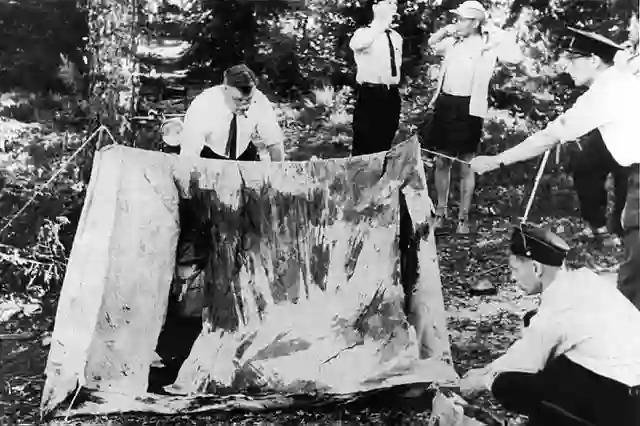
A group of young men birdwatching some distance away saw the tent collapse, and a blond man walked away from the scene around 6:00 a.m.
A carpenter called Esko Oiva Johansson discovered the victims’ remains at 11:00 a.m. He called the cops, who arrived at the location around midday.
The Police Investigation on Lake Bodom Murders
Authorities located Nils Wilhelm Gustafsson and his girlfriend, Maila Irmeli Björklund, outside the tent when they arrived at the gory murder scene. Gustafsson was still alive, but his companions were not.
Björklund was stabbed several times following her death. Anja Tuulikki Mäki and Seppo Antero Boisman, the other two victims, were discovered dead inside the tent.
Gustafsson survived a concussion, fractured jaw and facial bones, and a wounded face. Before starting their investigation, the police took him to a Red Cross station.
What happened next was a disaster for the police. There were no obvious suspects, and the crime scene was in disarray. Unfortunately, Gustafsson’s injuries prevented him from providing a detailed account of what had occurred, and there was little more to go on.
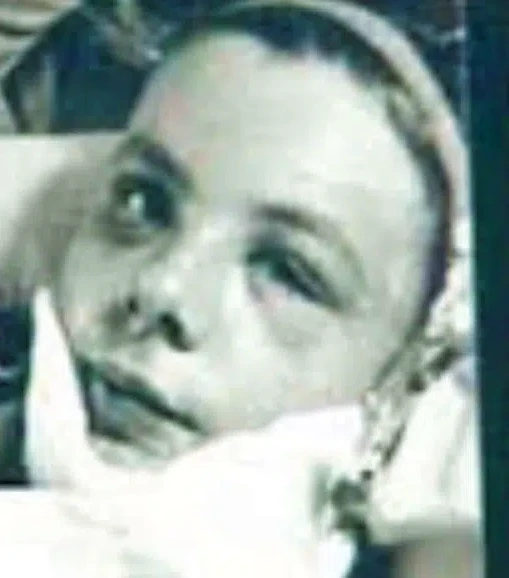
The attacker did not damage the victims from within the tent but instead attacked them from the outside with a knife and an unidentified blunt object on the tent’s edges. The murder weapon was never discovered.
The killer grabbed various items that the detective’s thought was strange, including the keys to the victims’ motorcycles, which were still there. Gustafsson’s sneakers were later discovered partially buried roughly 500 meters from the crime scene. The police did not cordon off the scene or document the details (later recognized as a critical blunder) and allowed the crowd of police and other people to trample and mess with the evidence very immediately.
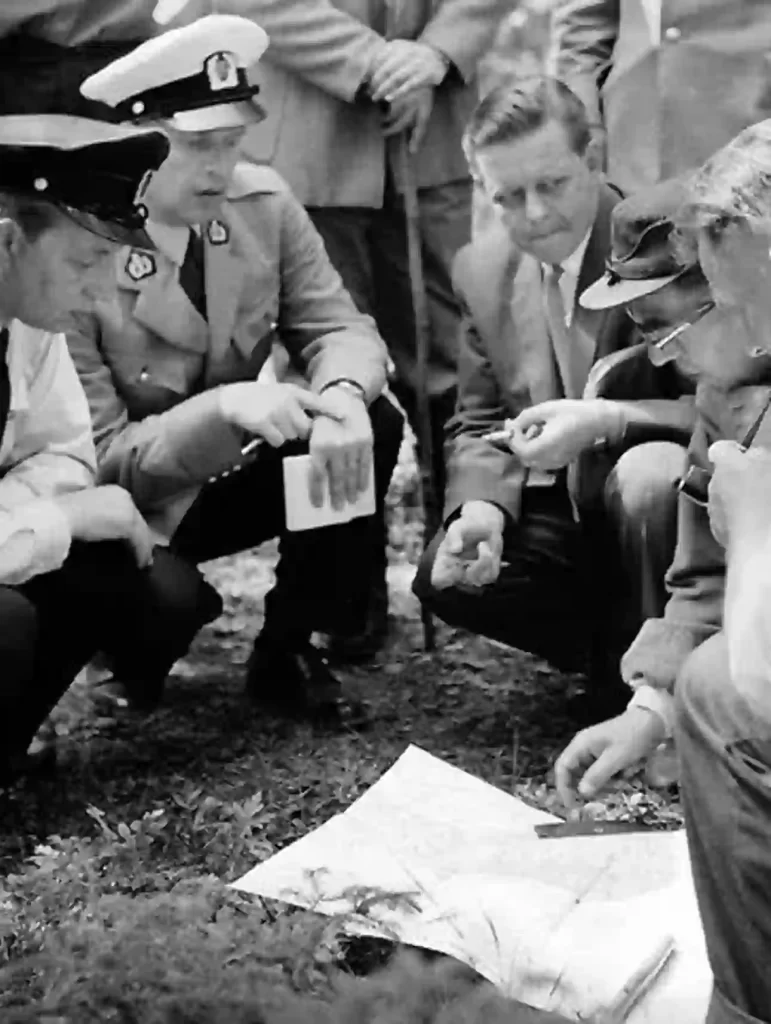
This error was exacerbated by the soldiers being called in to assist with the hunt for missing objects in the lake, some of which were never located.
The police decided to hypnotize Gustafsson after some time had passed, and they still had no idea who had murdered the children. It was held from July 2 to July 5, 1960. Olavi, a 14-year-old witness who observed the male suspect, was hypnotized several times.
During the hypnosis, both described the suspect, and drawings were created based on the descriptions, but nothing came of it. Gustafsson described a man who ripped a hole in the tent and attacked them with a knife and a metal pipe.
The Description of the Suspect
The suspect was between the ages of 20 and 30 years old, neither young nor old, with an average body type (though heavier than Gustafsson), a round face, long blond hair combed back, red cheeks, a short neck, high wrinkled forehead, big eyes (color unknown), normal ears, straight nose, forceful lips, firm jaw, normal light brows white teeth (unknown if some are missing), big and thick fingers Clothing: checkered shirt with black buttons (buttoned up), the sweater has several colors, including black and green.

The Main Suspects of Lake Bodom Murders
Pauli Luoma
Initially, authorities were looking for a man who had been seen in the vicinity carrying a bag containing the victims’ belongings. He was walking with a bicycle and a black beard. He was also seen walking out of the woods wearing a bloody shirt. He was Pauli Kustaa Luoma, a labor camp escapee with an alibi for the night. During the murders, he was at Otaniemi, Espoo. Otaniemi is 19 kilometers (11 miles) from Lake Bodom, and it takes about 23 minutes to get there.
Karl Valdemar Gyllström
Karl Valdemar Gyllström, known in the local community as “Kioskman” because he owned and maintained an adjacent stall, was the initial suspect in the murders.
Campers visited Gyllström’s kiosk near Lake Bodom. He was notorious for being antagonistic to them, and witnesses claimed to have seen him rip down tents and throw rocks at hikers throughout the years. Some even claimed to have seen him depart the crime scene but were too terrified of him to notify authorities.
Gyllström allegedly made many confessions in which he demonstrated knowledge of the crime while drunk and sober, all of which were ignored by police.
In 1969, he drowned in Lake Bodom, most likely by suicide. People in the town knew Gyllström was violent; he tore down tents and flung rocks at people who came to his street, and some subsequently claimed to have seen Gyllström returning from the murder site but were terrified to alert the police.
Gyllström’s DNA was never obtained by the police. The theory is discussed in length in a book published in 2006. The book also says that the police almost instantly overlooked much more material that was previously unknown to the public due to, among other reasons, linguistic issues.
Pentti Soininen
In the mid-1960s, a violent criminal named Pentti Soininen boasted to a fellow convict that he was the perpetrator behind the terrible murders at Lake Bodom.
Given his violent history and the fact that he lived in the area surrounding the Lake Bodom during the time of the murders, Soininen appears to be a potential suspect. Soininen hanged himself in prison on June 6, 1969, the ninth anniversary of the murders, in an odd coincidence.
However, one major piece of evidence against Soininen being the perpetrator is his age. At the time of the attack on Lake Bodom, he was just about 14 years old. Many dispute whether he could have overpowered four older teenagers on his own.
While a confession can appear to terminate a criminal inquiry, given the lack of evidence accusing him — and the grounds against his involvement – it seems doubtful he was the perpetrator.
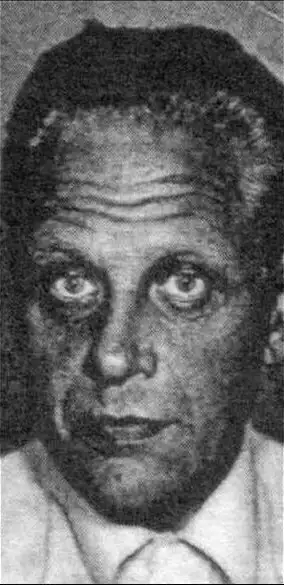
Hans Assmann
Hans Assmann, who resided several kilometers from Lake Bodom’s coast, received most of the general suspicion. Several famous novels promoted the idea that Assmann was responsible for the massacre at Bodom and other horrors.
Because Assmann had a convincing alibi for the night of the Bodom murders, the police did not take it seriously (and he was said to have been in Germany during another murder). On June 6, 1960, he arrived at a hospital in Helsinki wearing bloodied clothes.
Nils Wilhem Gustafsson
The police believed they knew what happened based on a new examination of bloodstains found at the scene and DNA testing. And this fresh evidence indicted Gustafsson, now a bus driver, of having a jealous outburst and going insane, stabbing his lover, Irmeli Björklund, fifteen times that night.
During his trial, prosecutors said that he got into a drunken brawl with Boisman, which developed into the three killings. His shoes, which were discovered 500 yards from the tent, were contaminated with the blood of the three victims but not his own. It was argued that this demonstrated that his injuries occurred at a separate time.
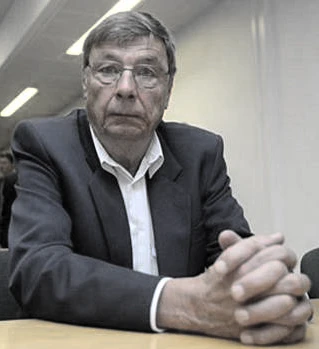
The new trial began in August 2005, and the prosecution requested a life sentence for Gustafsson. However, nothing was proven during the three-month trial. Gustafsson was acquitted of all charges and granted monetary damages for his time in prison, and his mental pain due to being suspected of the Lake Bodom Murders so many years after they occurred.
Conclusion
Under normal conditions, the scene would have been perplexing. However, investigators made their duties more difficult by neglecting to adequately seal the area and inviting search parties to explore for clues. Because of their aid disturbed the crime scene, making it harder to evaluate for footprints or other evidence.
We’ll never know what happened on that tragic night. As a result, it appears that, besides influencing Finnish folklore, someone got away with murder.
The Lake Bodom murders, which occurred early on June 5, 1960, inspired the 2016 film Lake Bodom.





